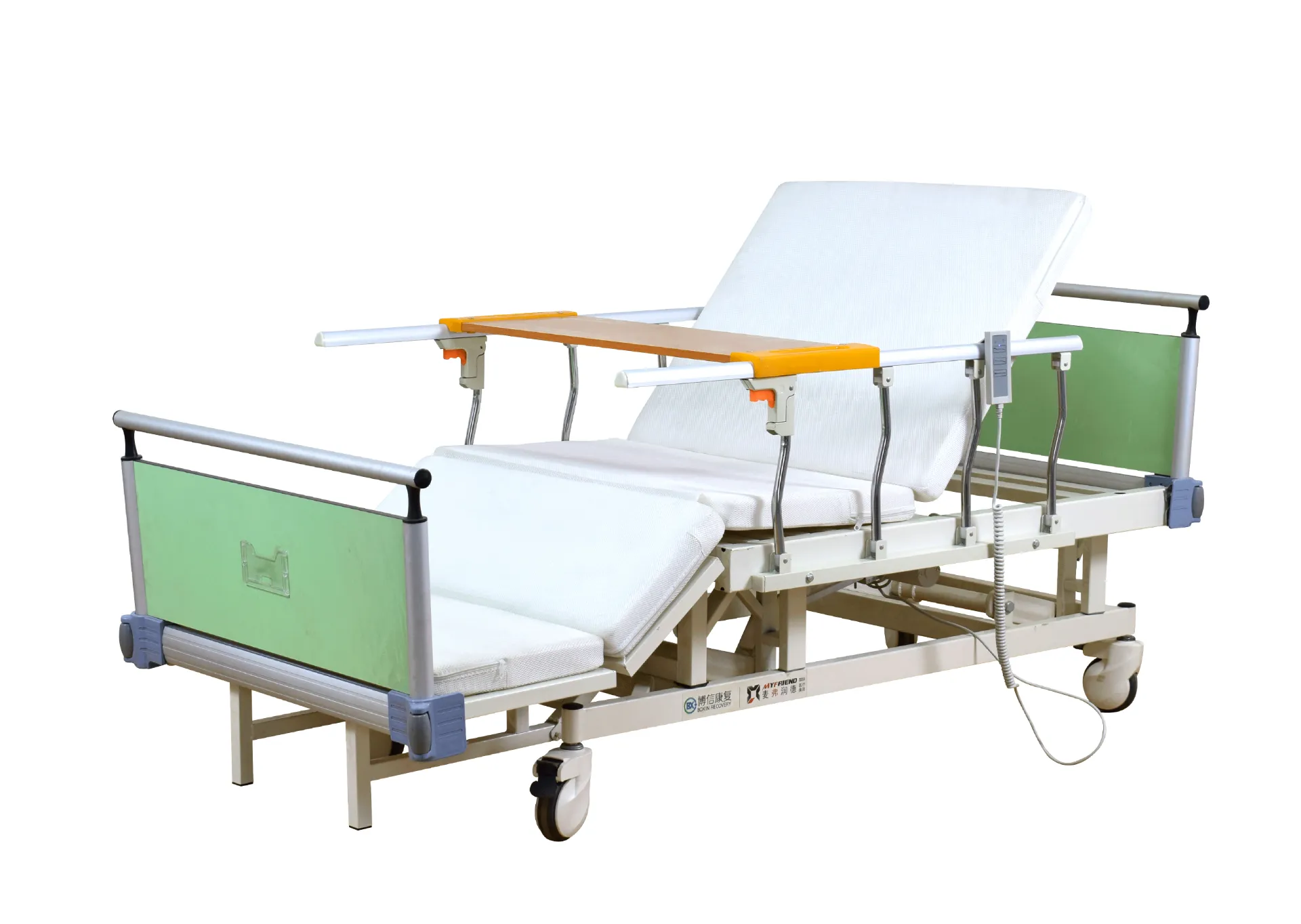Welcome to our websites!
Advancements in Rehabilitation Therapy Tools and Equipment for Enhanced Patient Recovery
The Importance of Rehabilitation Therapy Equipment in Recovery
Rehabilitation therapy equipment plays a crucial role in the recovery process for individuals with injuries, disabilities, or chronic conditions. The main aim of rehabilitation therapy is to restore the individual’s functional abilities and improve their quality of life. This process often involves a combination of physical therapy, occupational therapy, and other specialized treatments to help patients regain strength, flexibility, and mobility. The presence of specialized equipment can significantly enhance the therapeutic process, making it easier for patients to engage in meaningful therapy activities.
Types of Rehabilitation Therapy Equipment
Rehabilitation therapy equipment can be categorized into several types, each designed to target specific needs and facilitate various rehabilitation goals. Some common types of equipment include
1. Mobility Aids Items like walkers, canes, and crutches are essential for patients recovering from injuries or surgeries that affect their ability to walk. These devices provide necessary support and stability, allowing individuals to move around safely as they regain their strength.
2. Exercise Equipment Resistance bands, therapy balls, and weights are commonly used in physical therapy to improve strength and flexibility. These tools allow patients to perform a range of exercises tailored to their recovery goals. For instance, using resistance bands can help individuals build muscle without putting excessive strain on their bodies.
3. Therapeutic Devices This category includes equipment such as electrical stimulation machines, ultrasound units, and heat therapy pads. These devices are often used to manage pain, reduce inflammation, and promote healing. For example, transcutaneous electrical nerve stimulation (TENS) units can effectively alleviate pain by sending electrical impulses to the affected area.
4. Adaptive Equipment For individuals with permanent disabilities, adaptive equipment can dramatically improve their ability to perform daily activities. Devices such as modified utensils, shower chairs, and grab bars in bathrooms enhance independence and promote safety.
5. Balance and Coordination Tools Balance boards, wobble cushions, and stability trainers are designed to improve a patient’s stability and coordination. These tools are especially beneficial for individuals recovering from strokes or those with vestibular disorders, as they help re-train the brain and body to work together.
rehabilitation therapy equipment

Benefits of Rehabilitation Therapy Equipment
The advantages of utilizing rehabilitation therapy equipment extend beyond merely aiding recovery. Some key benefits include
- Enhanced Motivation The use of specialized equipment can make rehabilitation more engaging and less monotonous. Patients often feel more motivated to participate in therapy when they have access to modern tools that provide immediate feedback on their progress.
- Personalized Treatment Rehabilitation therapy equipment allows therapists to tailor interventions to meet individual patient needs. By incorporating specific tools into therapy sessions, practitioners can create personalized workout regimens that address the unique challenges faced by each patient.
- Measurable Progress Many rehabilitation devices come equipped with monitors or sensors that track performance metrics such as range of motion, strength level, and endurance. This data is invaluable for therapists to assess progress over time and adjust treatment plans accordingly.
- Improved Restoration of Function Using the right equipment can significantly expedite the recovery process. Patients who actively engage with the appropriate tools are more likely to achieve their rehabilitation goals and regain their functional abilities more rapidly.
Conclusion
Rehabilitation therapy equipment is indispensable in the recovery journey for individuals facing physical challenges. The variety of available tools and devices supports therapists in providing effective, personalized care while also keeping patients engaged and motivated. As rehabilitation techniques and technologies continue to evolve, the equipment used will likely become even more sophisticated, further enhancing recovery outcomes. Investing in quality rehabilitation therapy equipment is essential for both patients and healthcare facilities, ensuring that individuals receive the best possible care on their path to recovery. Through innovation and continued focus on patient-centered approaches, the rehabilitation process can lead to meaningful improvements in individuals’ lives, enabling them to regain independence and enhance their overall well-being.
-
Transforming Healthcare with Hospital FurnitureNewsJun.24,2025
-
Rehabilitation EquipmentNewsJun.24,2025
-
Mobility and Independence with WheelchairsNewsJun.24,2025
-
Freedom of Mobility with Our Rollator WalkersNewsJun.24,2025
-
Comfort and Independence with Commode ChairsNewsJun.24,2025
-
Bathing Safety and Independence with Shower ChairsNewsJun.24,2025
-
Navigating the Wholesale Landscape of Electric Mobility Solutions: Key Considerations for Power Wheelchair DealersNewsJun.10,2025











